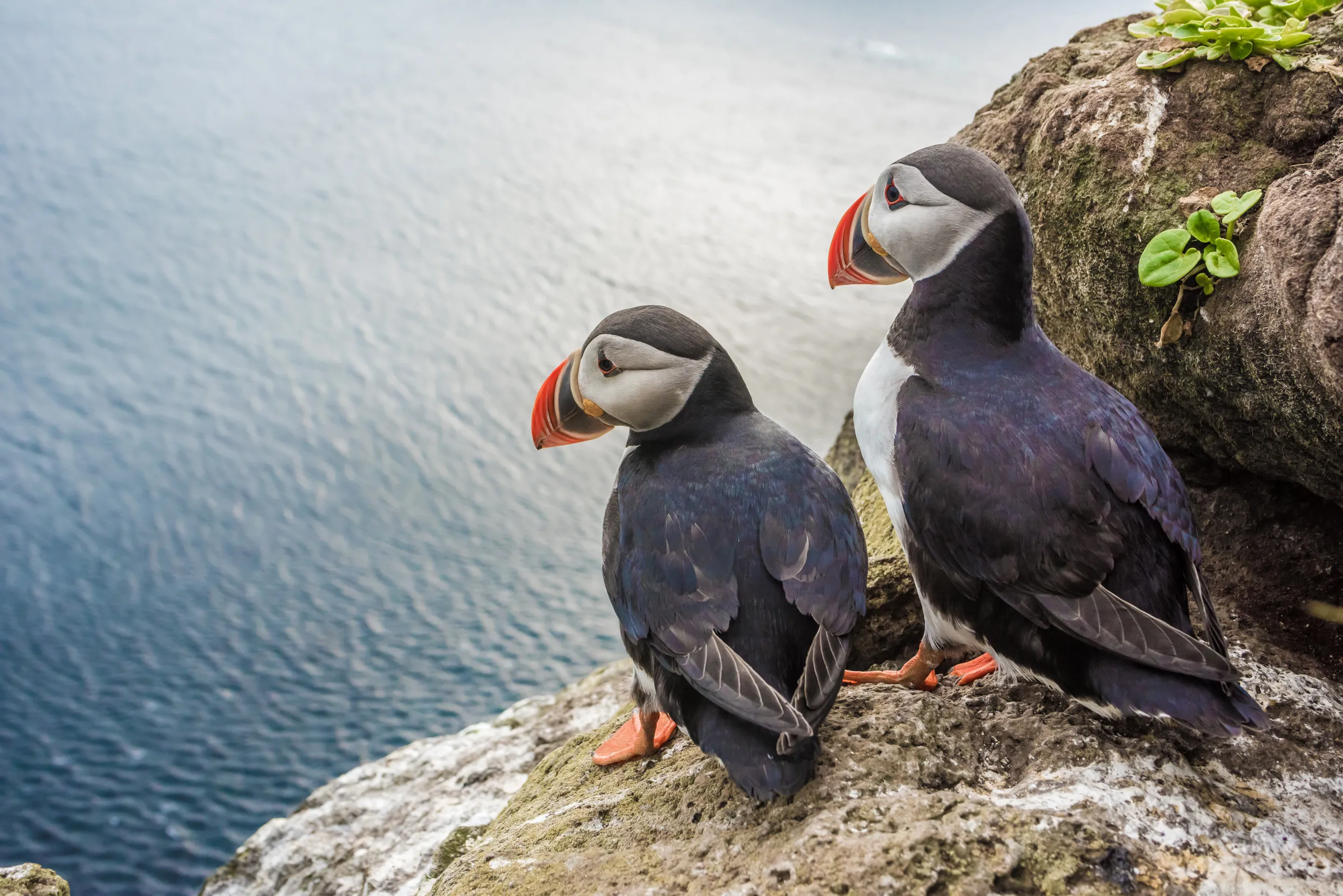News
White-tailed Eagles disappear in suspicious circumstances
We’re offering a £10,000 reward for information that leads to a conviction in these cases.
Biggest seabird survey in 20 years reveals almost half of UK breeding seabirds are in decline. But it also shows when we take action, they can recover.

The latest Seabirds Count is out – the most comprehensive survey we have on the health of our breeding seabirds. The findings reveal almost half of the species which commonly breed here have declined. But there’s been some real success stories which show, when we act, their numbers can bounce back.
Seabirds Count is the biggest survey of breeding seabirds in the UK, Ireland, the Isle of Man and the Channel Isles in 20 years. It takes a close look at the populations of the 25 seabirds which regularly breed here, such as the Puffin, Guillemot, Northern Gannet and Common Tern. It’s a mammoth task, with more than a thousand volunteers and professional surveyors visiting nearly 15,000 breeding sites between 2015 and 2021.
The survey is led by the Joint Nature Conservation Committee (JNCC) with input and support from other partner organisations, including the RSPB.
It’s a real mixed picture for our seabirds. The survey shows 11 of the 21 seabird species for which there is comparable data have declined since 2000. Almost one in four (24%) Puffins have been lost (at sites with comparable survey methods) and almost half (49%) of Common Gulls.
The reasons for the declines vary for different species in different places but the main ones are predation, bad weather conditions caused by climate change, and lack of food caused by overfishing.
Climate change is part of the reason why Arctic Skuas, which breed in the north of Scotland, have declined by 66%, making them the UK’s rarest breeding seabird.
There’s good news too. Some species such as Guillemot, Great Cormorant and Sandwich Tern seem to have stable populations. And some species have increased, often linked to action being taken to reverse their fortunes. One of our rarest seabirds, the Roseate Tern, has increased by 152% because of work to protect good breeding sites, reduce predation and limit human disturbance.
Manx Shearwater numbers have also risen in some places such as the island of Lundy in the Bristol Channel, Ramsey off the Welsh coast and the Isles of Scilly. The removal of rats, which eat their eggs and young, has been key to this turnaround. There is no exact figure for their increase as the survey findings can’t be directly compared to previous years because of improvements in how the data was collected.
The surveys for Seabird Count were carried out before avian flu devastated seabird numbers over two breeding seasons. Some of the species worst hit by the disease are those which had increased in number, such as the Roseate Tern, Northern Gannet and Great Skua. Work is being carried out to see just how badly the virus has impacted on their numbers, but the results of Seabirds Count will help create a baseline for conservationists to better understand the repercussions of avian flu going forward.
Surveying seabirds is vital to help us understand how things like the climate crisis, non-native predators and industrial-scale fishing affect their numbers. It gives us a baseline from which to measure the impact of future pressures, such as offshore wind turbines and the increasing threat of disease. But it also allows us to measure whether conservation methods are working, so we can learn which actions are most effective.
Finally, our seabirds rely on our oceans for food. By studying their numbers so carefully it also helps give us a good understanding of how healthy our seas are.
“It is up to us to protect these amazing birds.”
In response to the survey, our Chief Executive Beccy Speight said:
"Seabirds Count couldn’t have come at a more crucial time. For decades, our seabird populations have been battered by the impact of humans, from the introduction of predators to islands that destroy nests and chicks, to the increasing effects of climate change that are impacting the availability of their food such as sandeels. The evidence shows that conservation efforts and smart policies do work, and help increase the resilience of our seabirds to better weather whatever new storm is on the horizon. It is now up to us to protect these amazing birds for future generations."